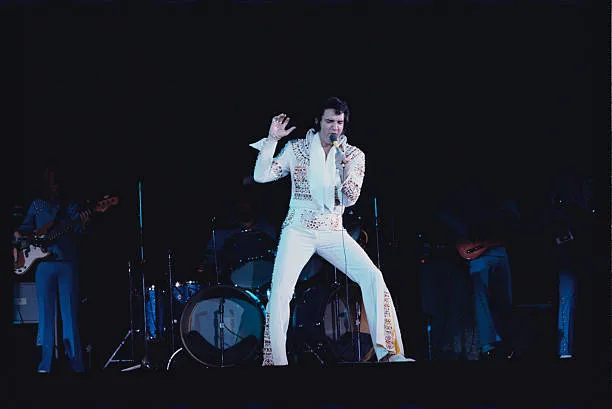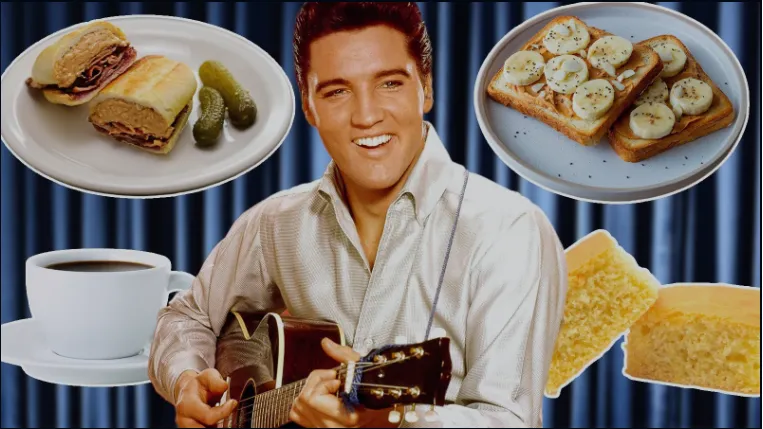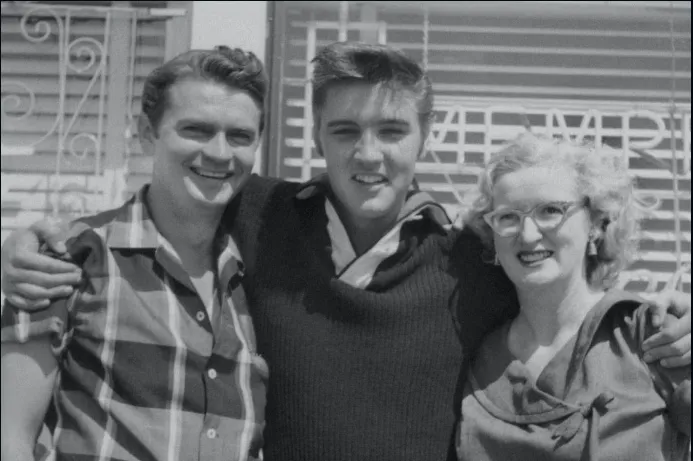Almost every association with satanic panic in contemporary culture is linked to the 1980s. During this period, bands like Black Sabbath, Led Zeppelin, Judas Priest, Mötley Crüe, Guns N’ Roses, and many others were seen as embodying occultist themes that threatened to indoctrinate the youth. However, similar moral panics have occurred in multiple cycles, with one of the most notable earlier instances taking place in the 1950s, coinciding with the rise of rock ‘n’ roll.

Throughout the ’50s, societal uproar was primarily marked by the Cold War and McCarthyism, creating an atmosphere of suspicion and fear that contributed to a general readiness to believe in hidden, malevolent forces operating within society. In Hollywood, the rise of horror movies also saw an increased focus on themes of the occult and creatures of the night, like Night of the Demon and Dracula.
In music, the emergence of rock ‘n’ roll, spearheaded by names like Little Richard, Bill Haley & His Comets, Elvis Presley, and Buddy Holly, represented a break from traditional values, coalescing with a burgeoning youth culture that was seen as rebellious and potentially corruptive. At its time, the music’s energetic and suggestive nature was seen as alarming, particularly among more conservative groups, who viewed it as a direct sign of the devil’s influence.
The focus that the music placed on physicality, sensuality, and freedom—like the promiscuity of Presley’s “Elvis the Pelvis” moniker and the reasons why he earned it—led people to believe that rock ‘n’ roll was a tool of the devil designed to lead young people astray. The rhythm and blues roots rock ‘n’ roll borrowed from also tapped into various racial prejudices, causing some to view the Black influence on white popular culture as demonic, unsettling those in favour of societal segregation.
While songs like Wynonie Harris’ ‘Good Rockin’ Tonight’ and Bill Haley & His Comets’ ‘Rock Around the Clock’ weren’t explicitly satanic, they demonstrated how rock ‘n’ roll was viewed at the time as possessing a sinister influence, leading many into a realm that wasn’t traditionally acceptable or “proper”. During this period, the anxiety surrounding racial mixing made parents feel uneasy, particularly in how they wrongfully viewed the messages conveyed by Black rock ‘n’ roll artists as potentially predatory on younger white women.

For instance, Little Richard’s ‘Good Golly Miss Molly’ might seem completely harmless by today’s standards, but in the 1950s, there were specific lyrics that, when escaping the mouths of young white people, seemed strange and scary to old-school parents who wished for their children to remain boxed in. These lyrics included: “Good Golly Miss Molly, sure like to ball / Oooh, Good Golly Miss Molly, sure like to ball / When you’re rockin’ and a-rollin’ / Can’t hear your mama call!”
The heavy metal bands that epitomised satanic panic of the 1980s mirrored a similar societal hysteria seen in earlier decades, where people worried that music was corrupting the youth. However, in the 1950s, this anxiety was more directly linked to cultural issues surrounding race, sex, and perceived anti-Christian sentiments.

For example, Presley was almost blacklisted from certain spaces because his performances were considered too sexual, but much of Presley’s musical style and performance techniques were influenced by predominantly Black artists and spaces. This highlights how racism was deeply intertwined with the condemnation of rock ‘n’ roll while revealing a broader cultural anxiety about race and sexuality during that era.
The satanic panic of the 1980s is often seen as the most notable example of society scapegoating music for its problems, but its roots can be traced back to the birth of rock ‘n’ roll. In the 1950s, listening to rock ‘n’ roll was considered a rebellious act, challenging both personal and religious beliefs. Although this period is not directly connected to satanic panic some two decades later, the early fears and no doubt laid the groundwork for later moral panics.



